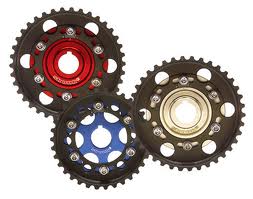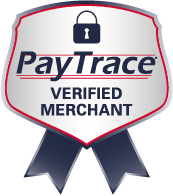Pop quiz: where should your inbound marketing flow begin? Okay, that’s a trick question, because if you want to be specific, there is the need for numerous entry points where your sales funnel, driven by inbound marketing, should begin.
That’s the beauty of integrated Internet marketing – it’s multi-channel and each channel can provide its own entry point as well as a means to move prospective clientele from one channel to another until they travel the closed loop of your buying cycle.
But this does raise the question: is there a best place to begin your inbound marketing efforts? Eloqua‘s Content Marketing Grid V2 offers some excellent suggestions.
Sailing the Channels of Integrated Marketing
This recent version of Eloqua’s content marketing grid is a great display of what content (and which platforms of content) can drive your site visitor’s purchasing decisions. It compares the decision level your buyers are currently at (from simply being bored at the office to seriously evaluating products and of course, the point of purchase).
You’ll note at least two things when you are looking at Eloqua’s grid: first, the grid is focused mainly on content marketing. Content plays a huge role in inbound marketing, and this grid not only supports that fact, but it also demonstrates the importance of integrating content marketing and your other marketing channels. Second, the grid shows various forms of content marketing which can be used as a measure as to which tactics are most effective at various stages in the buying cycle.
Best Content at Each Stage
Eloqua shows that basic web content articles and curated lists (such as “Top 10” lists) create awareness for your visitors, but only just. These forms of marketing provide your visitors with a “vague notion of possible solutions.” That doesn’t sound very effective in driving your inbound marketing, does it? But it’s a start.
In fact, it’s a good start in order to lead your potential buyer into your sales funnel and begin to turn that inward-leaning prospect into an actual lead. The point is that your inbound marketing efforts do not need to begin where visitors are already looking to buy – you can actually start from where the visitor has just a “vague notion” of interest.
In fact, multi-channel marketing works so well because it offers multiple levels of awareness and exposure where a prospect’s interest can be transformed into a sale.
Notice in the grid that from there, the marketing tactics all start at awareness and move to initiating consideration, and finally into closing for a sale. The most effective types of content, according to the grid, are ROI calculators (usually used more with B2B purchases) and pricing guides.
That’s Inbound Marketing
What if you could interlink your various content types within your multi-channel buying cycle and marketing efforts to constantly call visitors to take action while moving from awareness to consideration to sale? That’s the very concept of inbound marketing. You simply have to entice your visitor into one of your many entry points to draw them in.
Bridging the Gaps and Linking the Channels
Web content plays a crucial role in bridging any gaps you might have between your marketing channels and also helps link these various channels together into one cohesive and coherent sales funnel.
As users advance through your funnel, you will need to ensure they find a reason to keep moving forward with you. Are they simply “aware?” Then an infographic or blog article on the topic should be offered. Are they “considering?” An eBook and buyers guide need to be available. Or are they just one push away from a sale? Interactive demos, webinars and ROI calculators should be at the ready!
The Bottom Line
The bottom line is that we as marketers need to constantly be looking for the most valuable places to focus our resources. Using Eloqua’s Content marketing grid will help you make better, more successful decisions.
What’s your take on all this? Let me know! I’d love to use some of your comments in an upcoming article.



